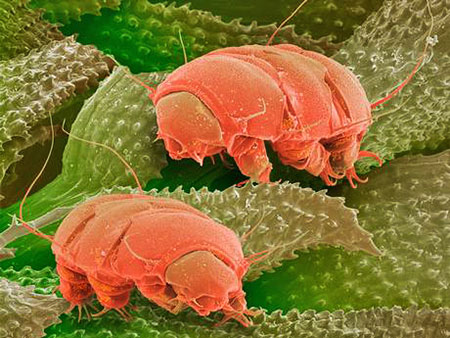Vladimir Solovyev, the
official in charge of Russiaís ISS segment, told the news
agency
Itar-Tass that tiny
plankton and microscopic organisms had been discovered on
the spacecraft's exterior, describing the finds as
"absolutely unique".
However, the truthfulness of
Solovyev's claim is unclear, with Nasa refusing to confirm
the story.
"As far as we're concerned,
we haven't heard any official reports from our Roscosmos
colleagues that they've found sea plankton," Nasa
spokesperson Dan Huot told
Space.com.
Dan
Huot confirmed that
Russian cosmonauts had been taking samples from the windows
on their side of the ISS, but clarified that they'd only
been looking for,
"residues that can build up
on the visually sensitive elements".
"I don't know where all the
sea plankton talk is coming from," Huot added.
Although the reports from
Itar-Tass have not been confirmed, the idea of life existing
in the harsh environment of space (surviving cosmic
radiation, freezing temperatures and zero gravity) is quite
possible.

Tardigrades
(x135 magnification):
0.18mm long, smaller than
fullstops
A study in February 2013 (Microbiome
of the Upper Troposphere - Species Composition and
Prevalence, Effects of Tropical Storms, and Atmospheric
Implications) found evidence of microbial life
five to ten miles above the surface of the planet, while a
type of microscopic invertebrate known as a
tardigrade has even
survived the vacuum of space for 10 days, shrugging
radiation exposure a hundred times necessary to kill humans.
So while itís possible that some
sort of terrestrial life has been hanging out on the side,
itís not at all clear how - if the reports are confirmed -
they got up there.
It could be that they arrived
via some contaminated space modules but Solovyev himself
suggested that they might have come from,
"rising air currents, which
settle on the surface of the station".